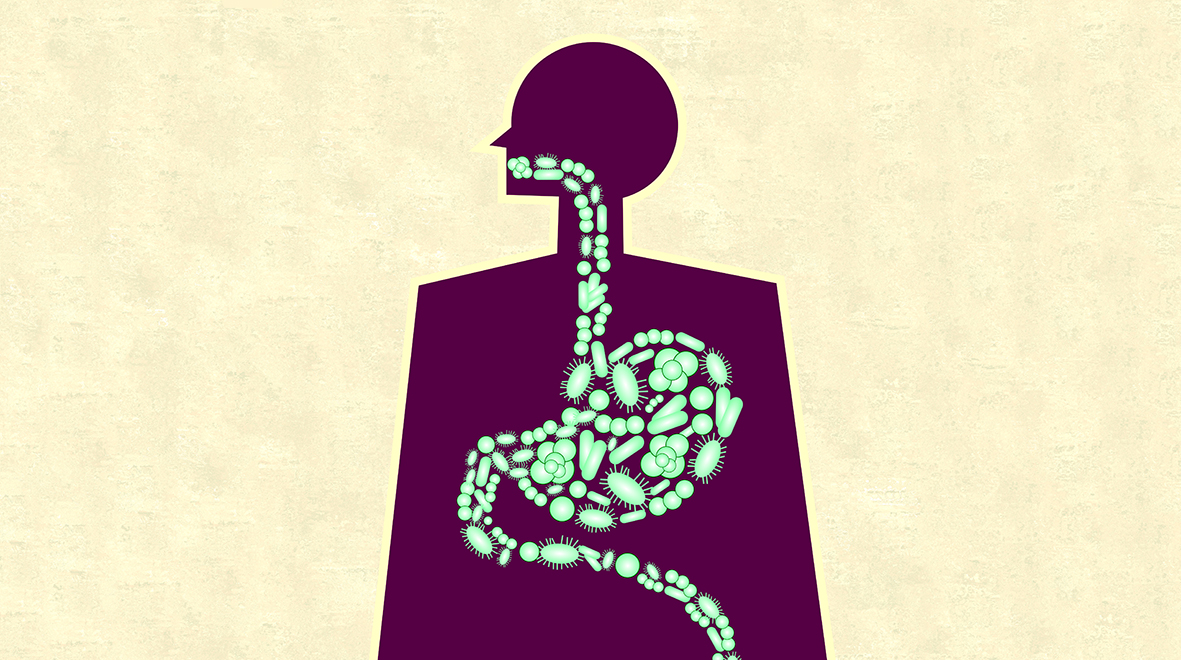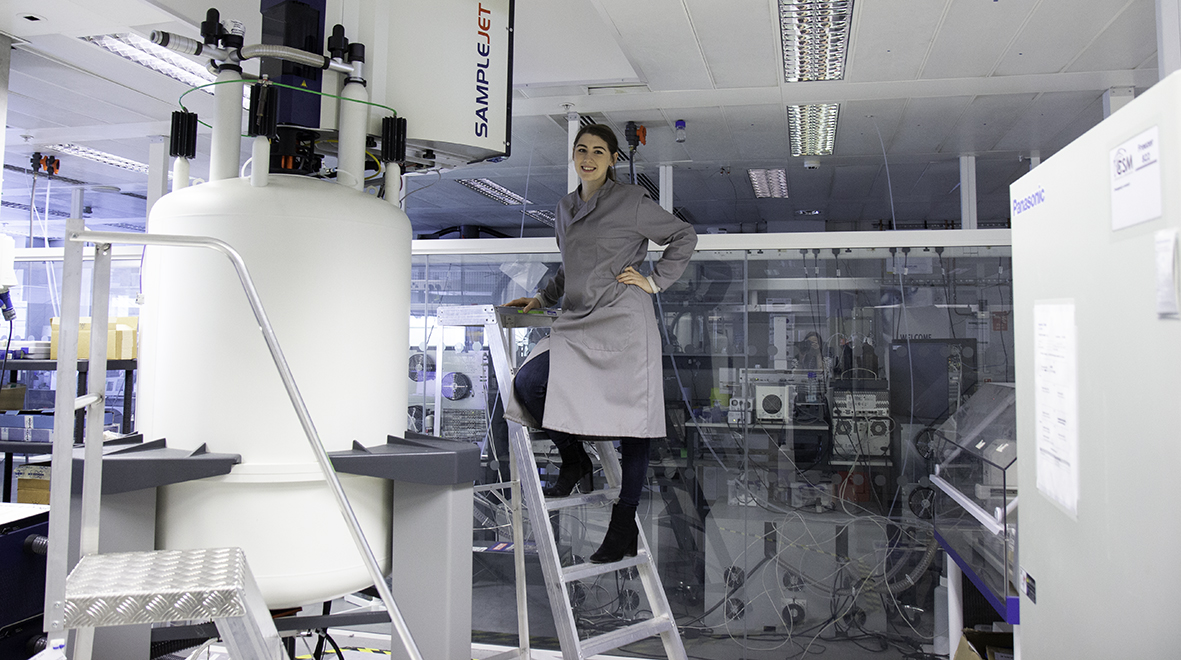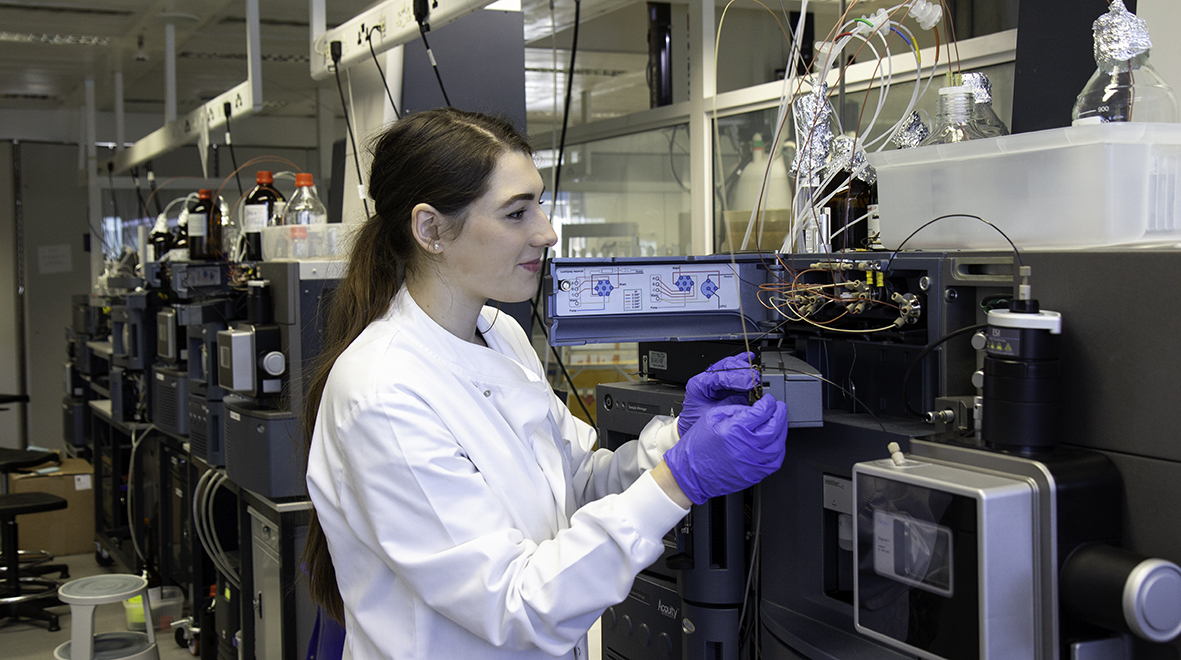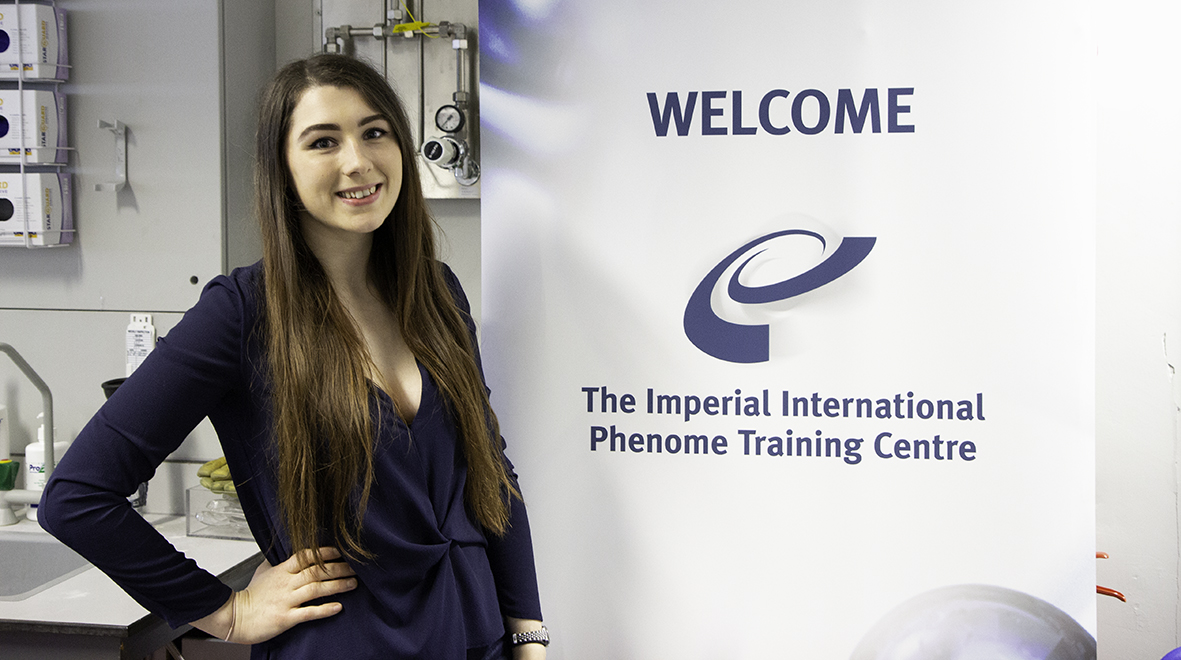
Kate Gallagher provides an insight into microbiome research; a promising area of science that may pave the way for new treatments for a number of conditions ranging from inflammatory bowel disease to cancer.
You may be familiar with the age-old phrase, ‘you are what you eat’. Whilst I can assure readers that despite ingesting an inordinate amount of Reese’s pieces, you probably aren’t nuts, recent developments in research into the gut microbiome are beginning to tell us that the population of microbes inhabiting our gut may be much more powerful than we’ve previously given them credit for.
What is the microbiome?
The term microbiome refers to the additional set of genes arising from the diverse and unique array of microbes that have established themselves in a variety of habitats throughout our body. This is not to be confused with the term microbiota, simply referring to their names and quantities. These communities of bacteria, viruses, fungi and yeasts can be found in significant proportions in regions such as the gastrointestinal and reproductive tracts, your oral cavity, and skin. Overall, bacterial cells in our body match the number of human cells at a 1:1 ratio, meaning the microbiome has a significant contribution towards our genetic diversity, harnessing great potential to aid our understanding of a number of medical conditions targeted by decades of research.
Why is it important?
The microbiome is presenting itself as an exciting and upcoming field in scientific research as remarkable changes have been identified in several diseases ranging from inflammatory bowel disease and obesity, to a variety of cancers and more unexpectedly conditions such as autism and depression. All these conditions are complex and require treatments with multiple targets to see improvement in affected individuals. The microbiome offers several new avenues for therapeutic intervention targeting the microbes through prebiotics that promote the growth of specific communities, as well as transplantation of the gut microbiome to treat infections such as C. Difficile. Our unique metabolic profiles is also a promising area – a term that refers to all the small metabolites such as glucose and lactate found in biofluids such as blood and urine; this includes many metabolites that are produced, or influenced by the microbiome. Identification of metabolites significantly changed in health and disease has the potential to provide us with new biomarkers for diagnosis, and prognostic for use, as well as discovering new targets for therapeutic intervention i.e. restoring or blocking pathways that have been altered.
Personalised medicine approach
As each person’s metabolic profile and microbiome is entirely unique – much like a fingerprint – we hope that metabolomics and the microbiome may also help us move towards a personalised medicine approach which uses this information to allow for optimal therapeutic approaches, and diets, to be prescribed. The National Phenome Centre, based at Imperial College London, is one of several institutions using analytical chemistry techniques, such as nuclear magnetic resonance and mass spectrometry, aiming to advance our knowledge in metabolic research (referred to as metabolomics), and both its clinical relevance and application.

Barriers to microbiome research
Despite recent advances in the technology available to analyse the microbiome, one of the biggest problems faced by researchers is the ‘dark matter’ of microbiome research, often termed the ‘unculturables’. This refers to the large number of microbial species that are too fastidious to be grown inside the lab, outside of their normal habitats, in addition to the unknown species we’re yet to identify. These species are just one of the barriers to microbiome research that currently inhibit a comprehensive understanding of the functionality of the microbiome in its entirety, as well as its individual colonies.
Great effort is being invested into large studies aiming to identify all these unculturable and unknown microbes using culture-independent techniques that target the genetic information of these communities instead of trying to grow them in the laboratory. Whilst there is a consistent increase in the identification of new microbes, particularly in research focusing on the gut microbiome, recent advances in technology have uncovered almost 2000 more previously uncultured candidate species. This suggests we still have quite a way to go towards achieving a full understanding of the dynamic role all these species play in our health and wellbeing. As new species and their functions unfold, we must take the time to make valuable interpretations of such research and its implications on the complex biological systems that are humans.

What the microbiome means for my research
The above is just a glimpse of some of the exciting research I’m grateful for, and limitations I must be aware of throughout my PhD. Currently, I’m studying how these microbes and metabolites change in patients suffering with Inflammatory Bowel Disease (IBD), throughout the course of their disease and treatment. IBD is a complex and incurable disease that’s cause has been attributed to numerous factors including genetic predispositions, as well as the gut microbiome itself. Most IBD patients are on medication for the rest of their lives to prevent flare ups (active GI inflammation), however many will have to change drugs multiple ties due to loss of response. Through metabolomic and microbiome analysis, I hope to understand how the various drugs used to treat IBD affect a patient’s microbiome and metabolic profile, and whether we can target any of these to improve patient response, diagnostic and therapeutic approaches.
Compared to other fields of research, such as oncology or microbiology, the microbiome is still in its infancy. We are witnessing the development of a field that could have a vast impact on the way we understand, target and treat a number of conditions, including potentially IBD. In the same way that we endeavour to protect and care for the world we live in, for the better of the population, perhaps more research will direct itself to protecting the world inside of us for the better of our health.

Kate Gallagher is an NIHR Imperial BRC-funded PhD student in the Department of Surgery and Cancer (Division of Digestive Diseases) supervised by Professor Elaine Holmes and Professor Mark Thursz.
Image credit: Shutterstock ID 506625439
Following the launch of the Faculty of Medicine’s reorganised academic structure on 1 August 2019, this post was recategorised to Department of Metabolism, Digestion and Reproduction.